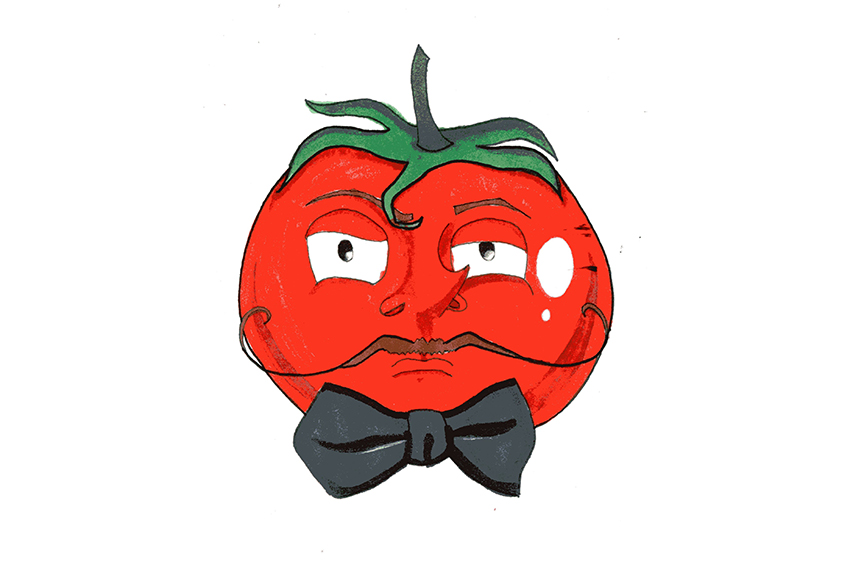Move over critics, a fruit has more power than individualized opinions.
As of late, two simple words have had an enormous effect on the film industry — “rotten” and “fresh.” Rotten Tomatoes is a website that generates a rating percentage for films based on critic reviews. If a film is rated higher than 60 percent, it’s rewarded with a positive icon of a “fresh” tomato. If a film has a rating less than 60 percent, it’s accompanied by a negative “rotten” green splash.
With moviegoers relying on a tomato’s health to determine whether they want to see a movie, it is important to understand what the rating means. Jon Partridge, Austin Film Critics Association member, said the Tomatometer oversimplifies what a movie is.
Every single tomato-certified review has an impact on the film’s score. Partridge said this hard, 60 percent cutoff makes a large difference to films straddling the border.
“You are working with arbitrary cutoffs, if you’ve defined fresh as being 60 percent, you’ll have a film with 59 percent that’s rotten or 61 percent that’s fresh. You can have a single critic make that difference,” said Partridge, a molecular biosciences assistant professor.
Although Rotten Tomatoes’ makeup is divisive, it has a large effect on moviegoers and their interpretation of cinema. Radio-television-film freshman Aly Gomaa said he factors in Rotten Tomatoes when deciding to watch a movie. “I don’t think (Rotten Tomatoes) speaks to how good a movie is, but you can really tell what the whole audience thinks of a certain movie,” Gomaa said. ”If (a movie is) at a 20 percent Rotten Tomatoes score, it might make me change my opinion in regards to whether I want to see that movie or not.”
Instead of falling under “fresh” or “rotten,” film reviews instead highlight various aspects of a film and how they contribute to the final product. Ed Travis, a Tomatometer-approved critic, said critics often choose the tomato for their review.
“I upload my own work to Rotten Tomatoes, so at least for me I am determining the ‘fresh’ or the ‘rotten’ when I submit my work,” Travis said. “I think the top critics around the country are not putting in their own work, it seems like there are third parties involved at Rotten Tomatoes that determine the fresh or the rotten for their particular review.”
Since Rotten Tomatoes is heavily based on critics’ opinions, it is important to ensure the pool of reviews is diverse and objective. Partridge said Rotten Tomatoes’ critic makeup has been broadening in terms of diversity.
“A year ago it was predominantly older white men, and that’s not reflective of audiences of certain films,” Partridge said. “If you have a kid’s film or a film that is targeted at women, you need to have that kind of makeup in the reviewing as well.”
While Rotten Tomatoes may have some faults in its overall makeup, it is clearly a heavily used medium for film fans and critics. At the end of the day, whether a Tomatometer rating is positive or controversial, it will only help to engage people with the art of cinema.
“(Rotten Tomatoes is) a lightning rod in a way, it oversimplifies, but it does draw attention to the film,” Partridge said.




















